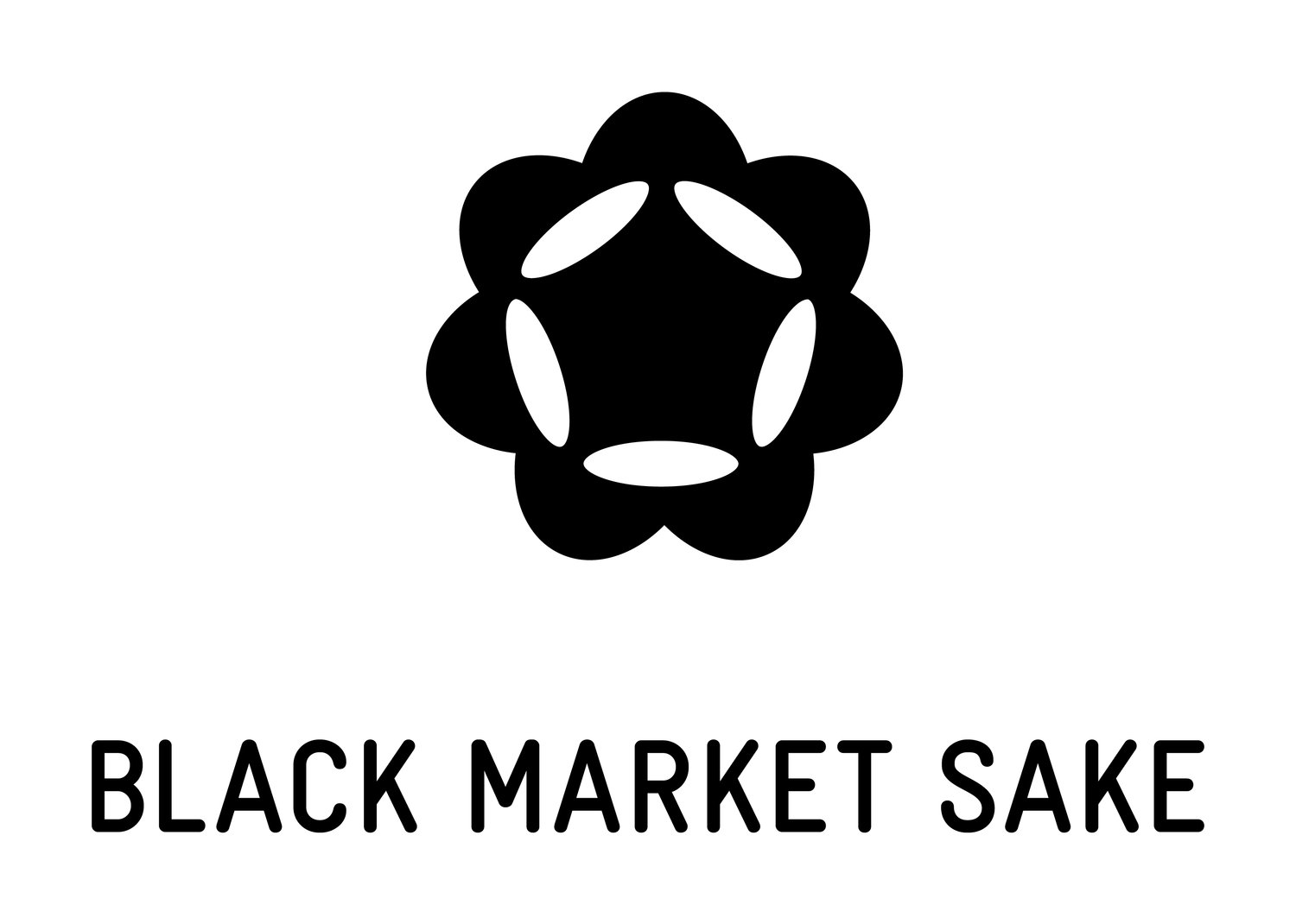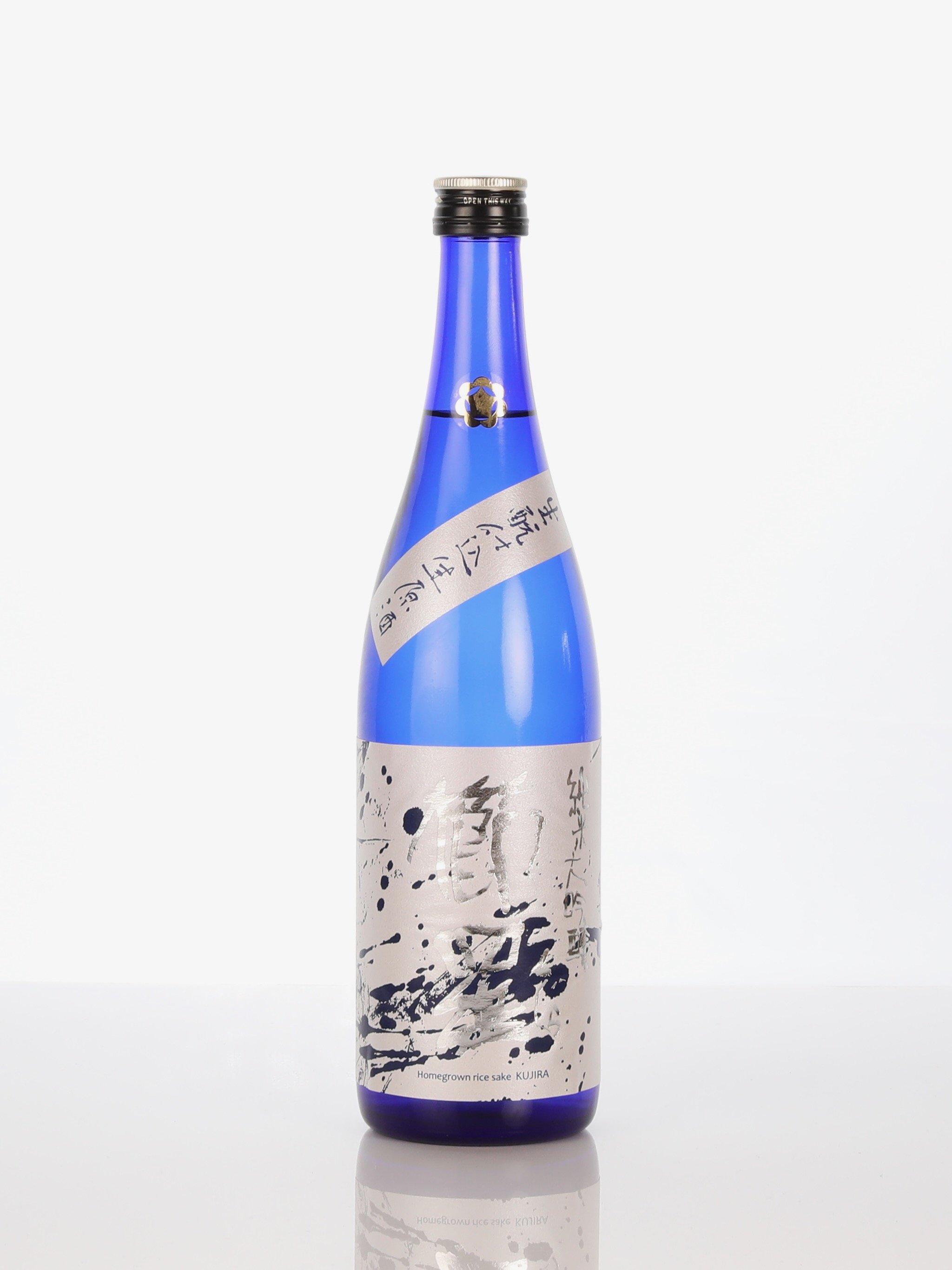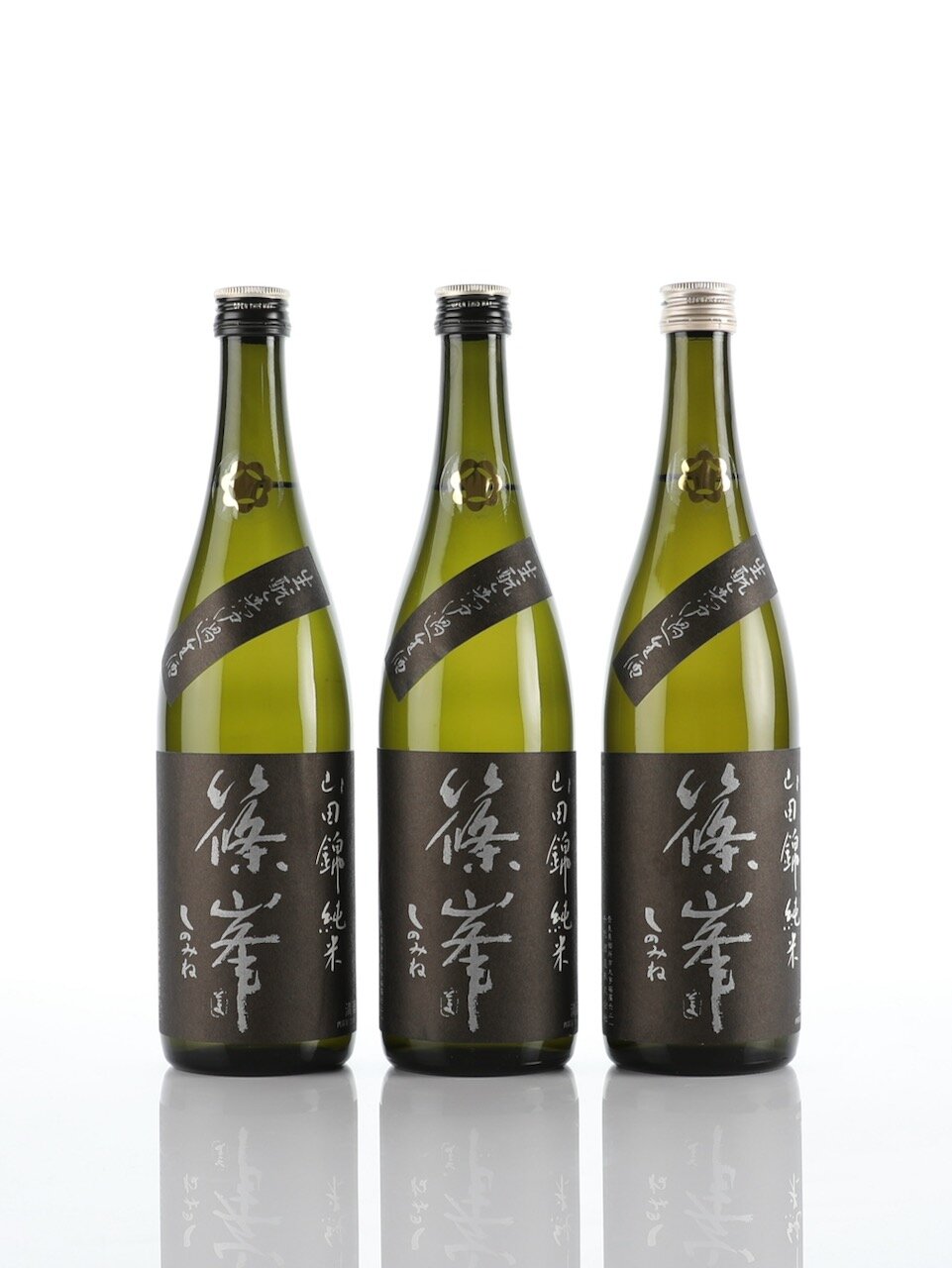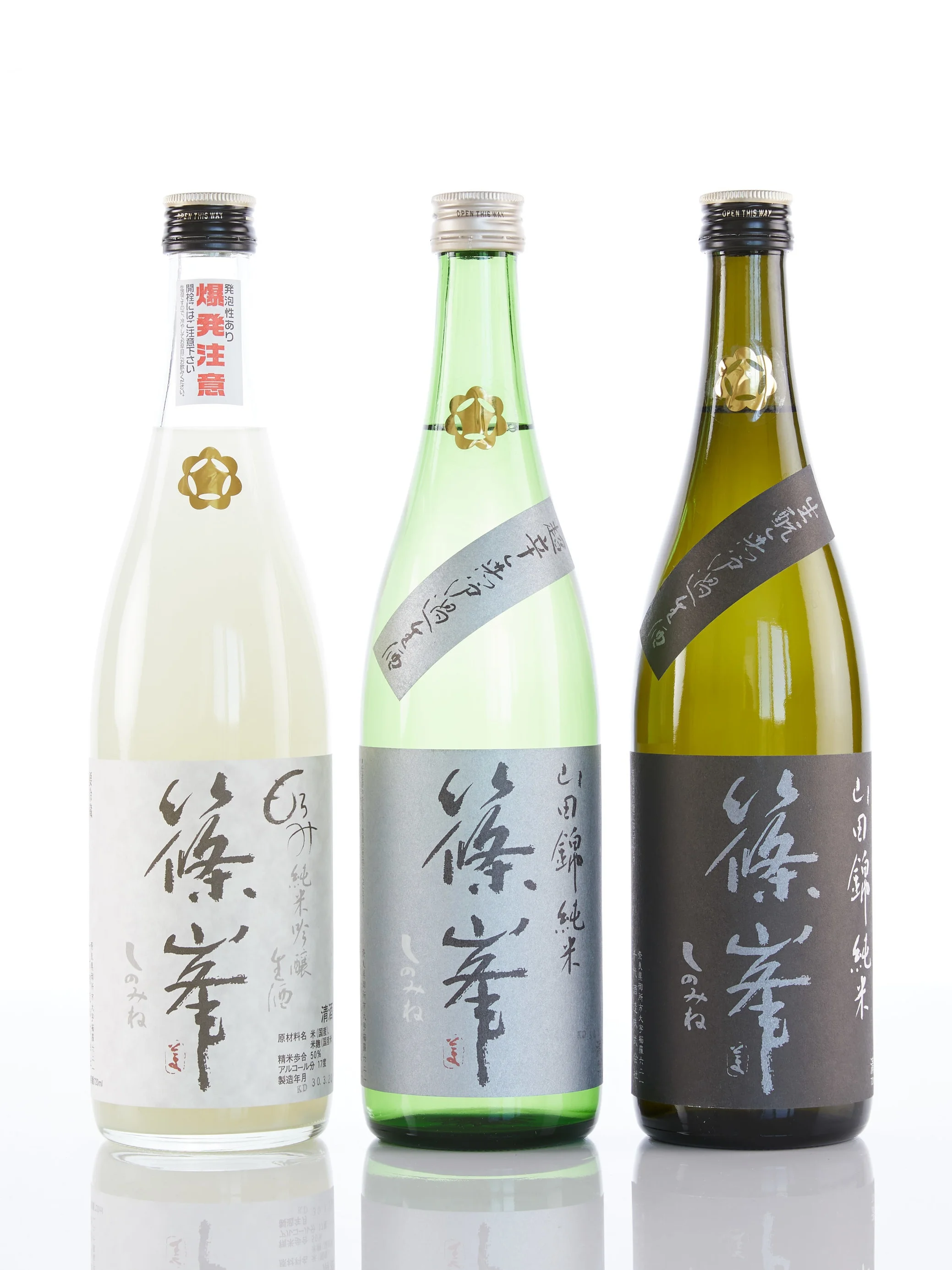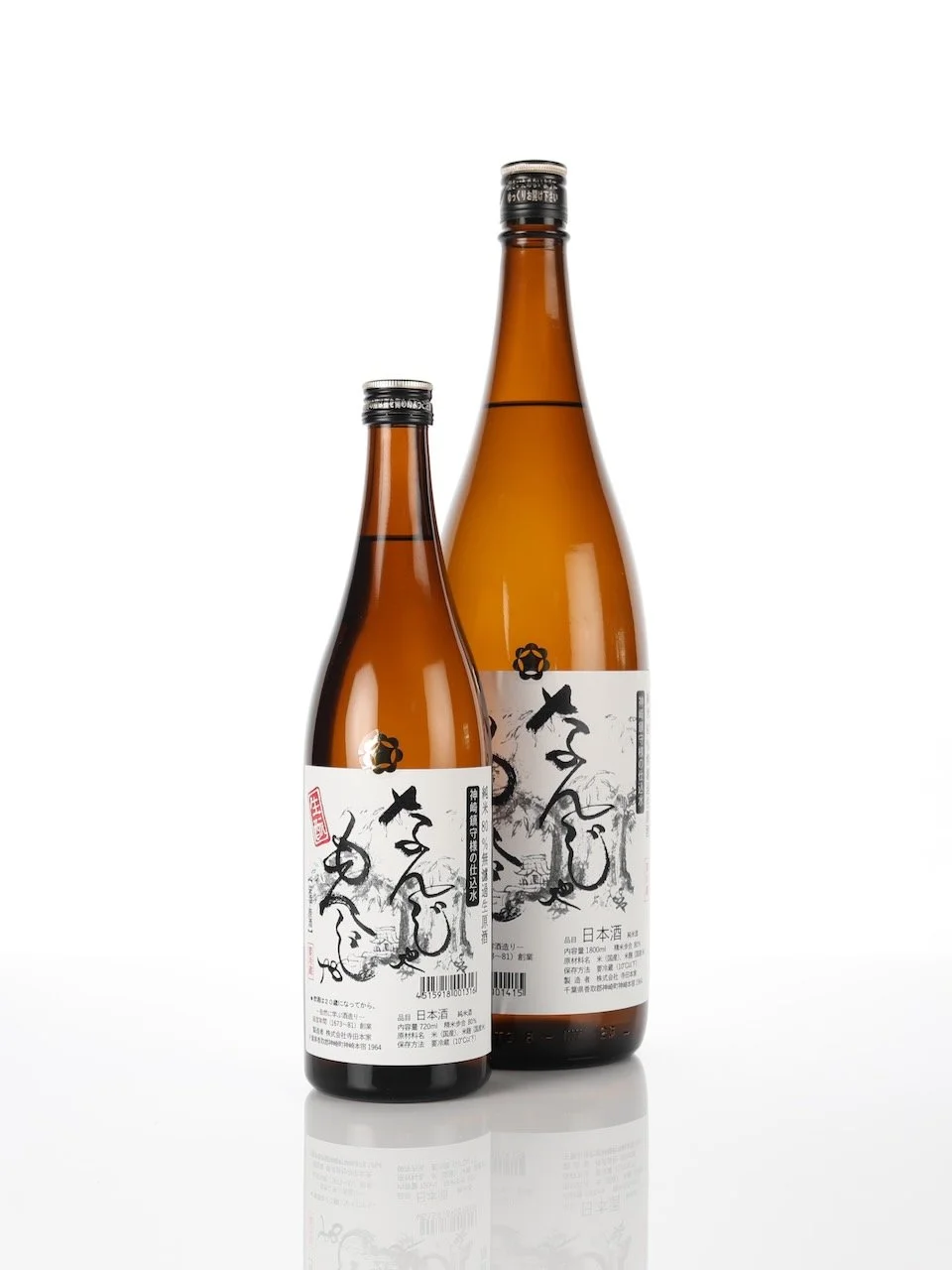CHIYO SHUZO | NARA | JAPAN
Nara prefecture is one of only eight prefectures out of the 47 prefectures in Japan that is landlocked and therefore not bordered in some way by ocean or sea. Nara is surrounded by the four prefectures of Osaka to the West, Kyoto to the North, Wakayama to the South and Mie to the East and over half of its land is covered by forest. Nara occupies an important position in history as it was the location of Japan’s first state. The ancient capital, Nara Heijo-kyo was established in 710 A.D. and is now a World Heritage site that recently celebrated the 1300th anniversary of its founding. In the same way, Nara Prefecture can also be considered the historical heartland of sake where centuries ago “Nara-zake” was a term to signify sake of exceptional quality.
Chiyo Shuzo is a very small brewery founded in 1873 which moved to its present location in the southwest part of the Nara basin near the Shinomine mountain range in 1902. Their very small production consists of many, many tiny meigara [brands] which are constantly sought after in Japan because of their quality and limited availability.
The current Toji [Master Brewer] is Tetsuya Sakai. Sakai-san started his career as a winemaker when he worked for Grace Winery for 5 years along with a 3 month winemaking stint in California. After marrying into the family who owned Chiyo Shuzo, Sakai-san’s career path changed to becoming a sake brewer. After 9 years working alongside the previous Toji at Chiyo, Sakai-san eventually took over the role as Tōji in 2004 and then in 2007 also became the Kuramoto [Brewery Owner]. Those years a winemaker brought a range of new talents to his sake making repertoire and in 2000 Sakai-san started creating a range of sake to specifically showcase local regionality. Named after the nearby mountain this range is called Shinomine.
We are super excited to offer these brilliant products in the Australian sake market and they offer the drinker a wonderful look at Nara-zake at it’s finest.
